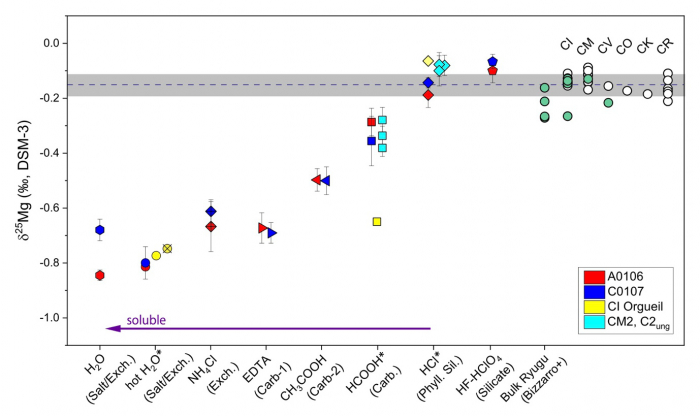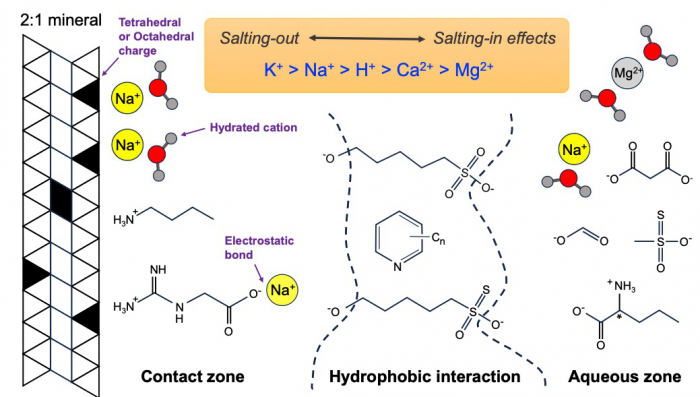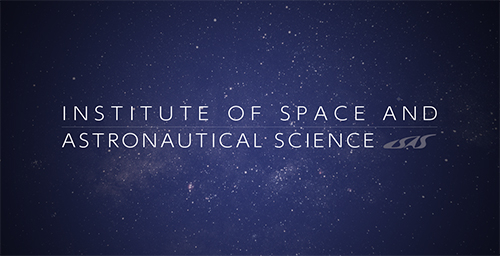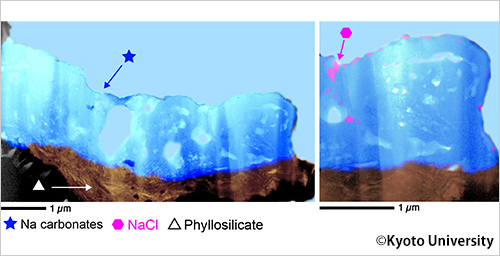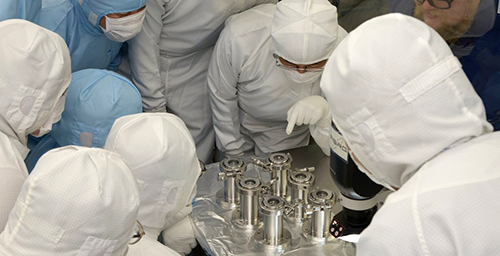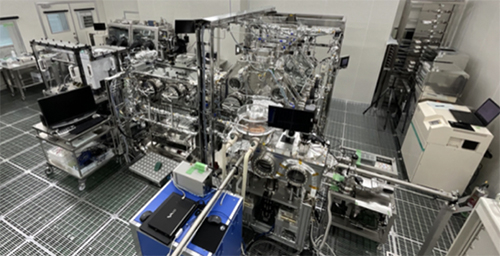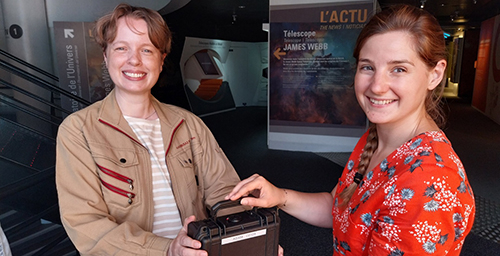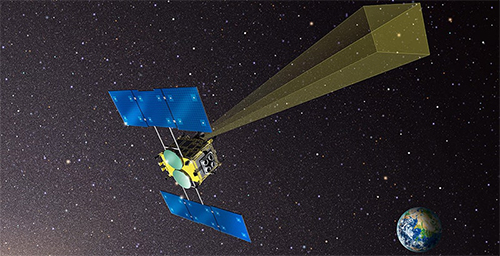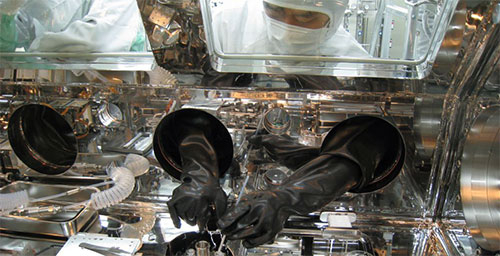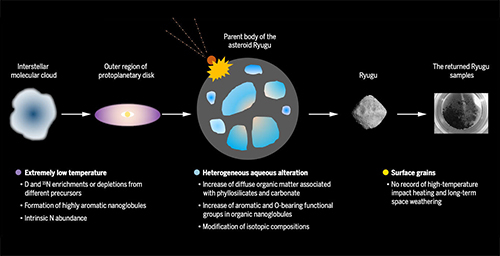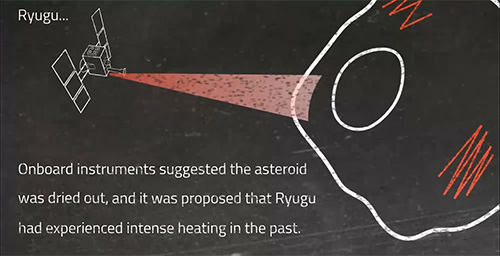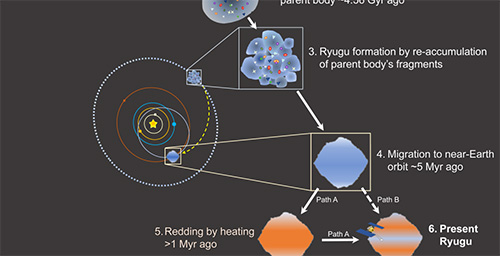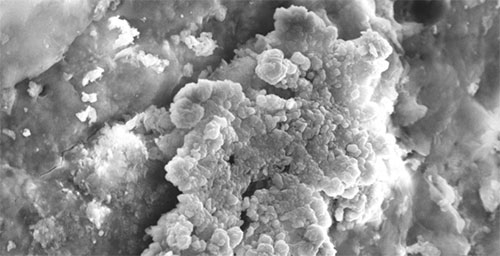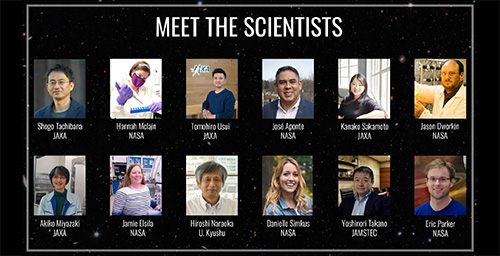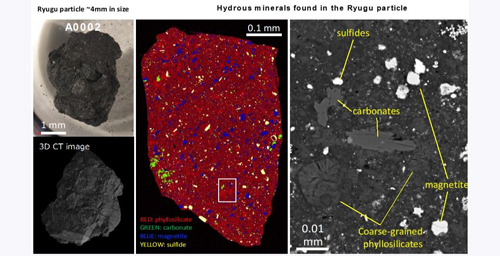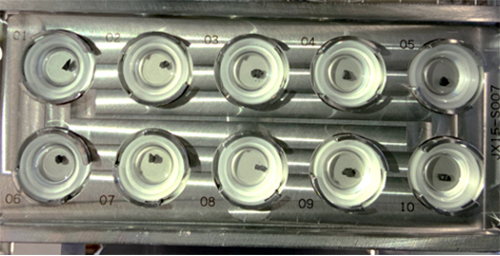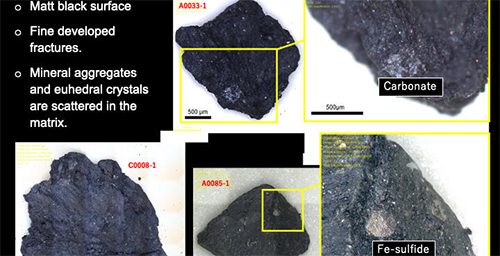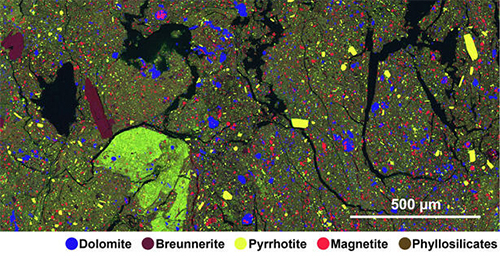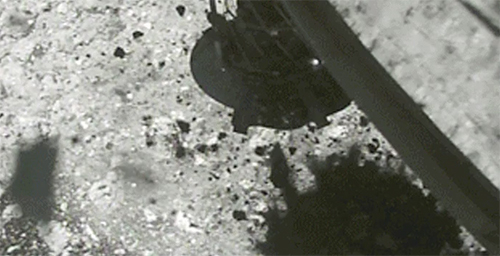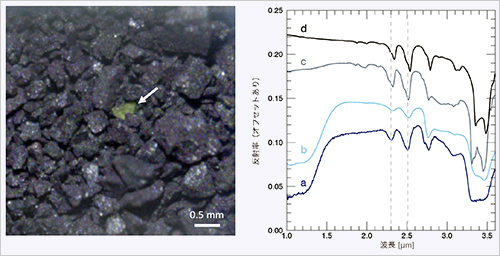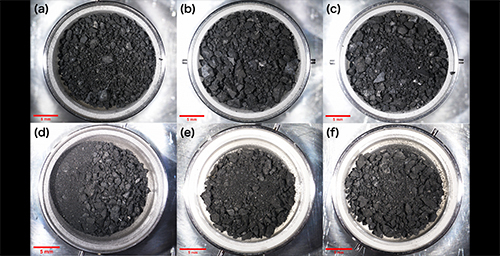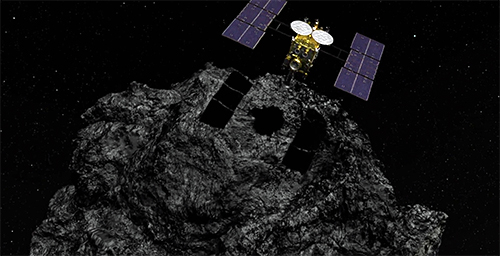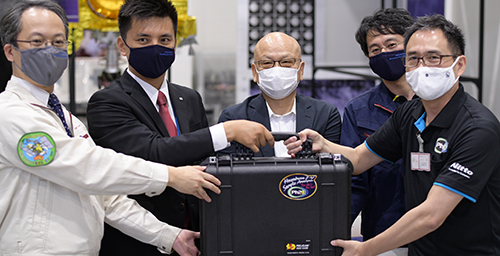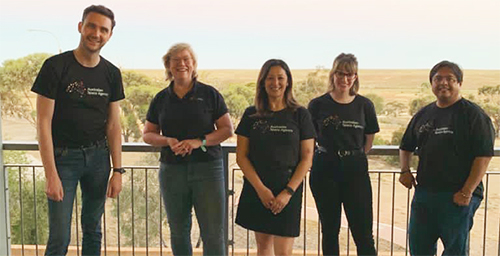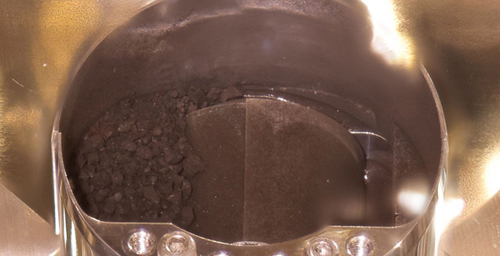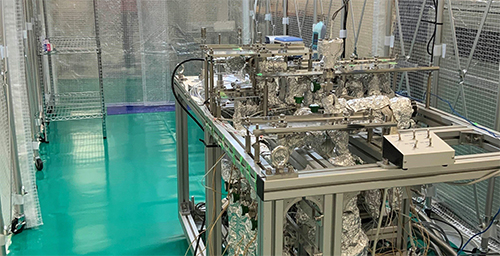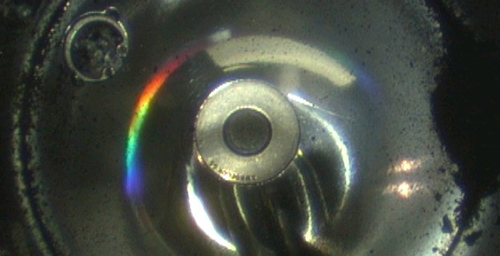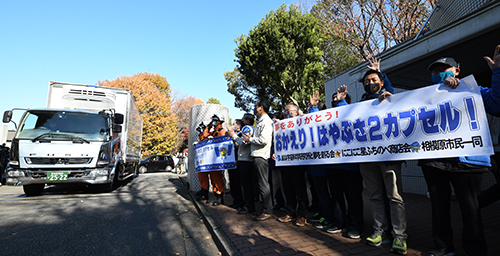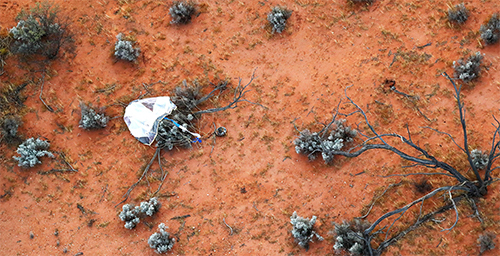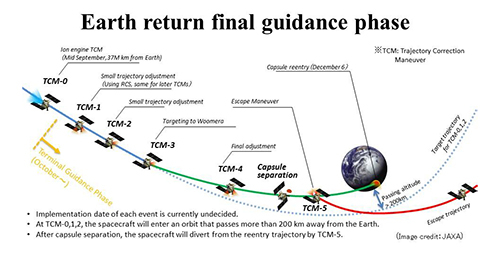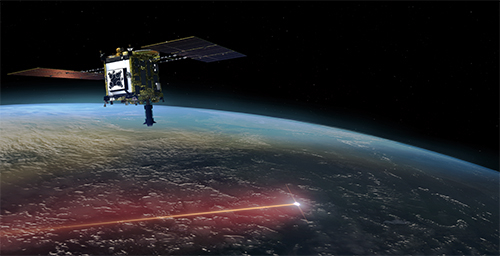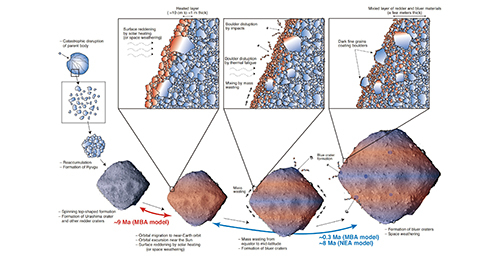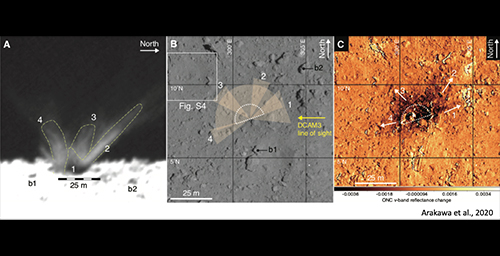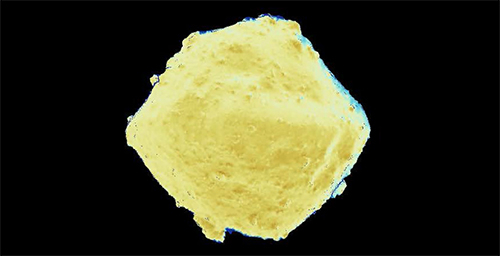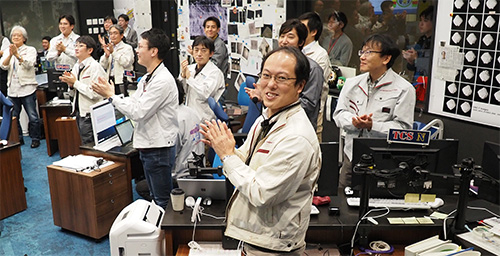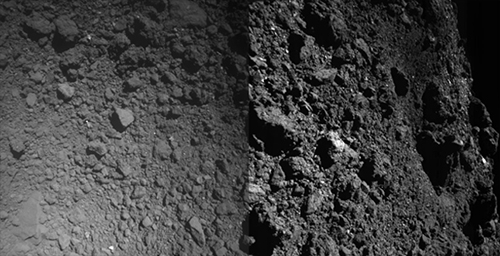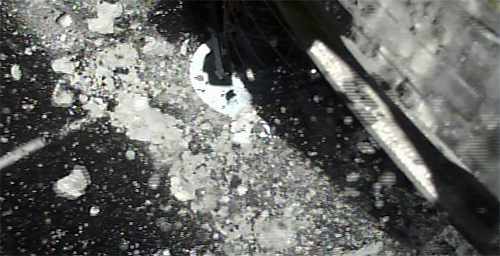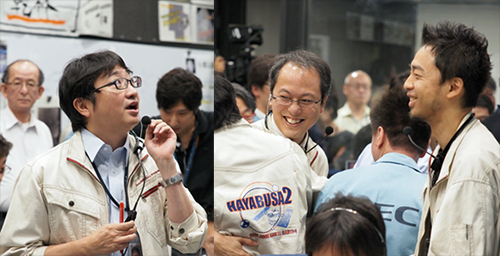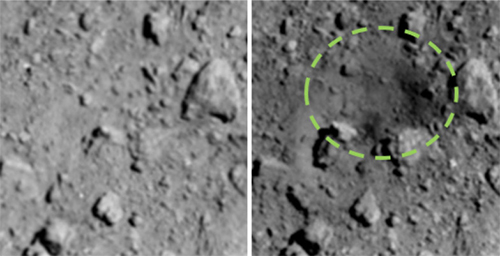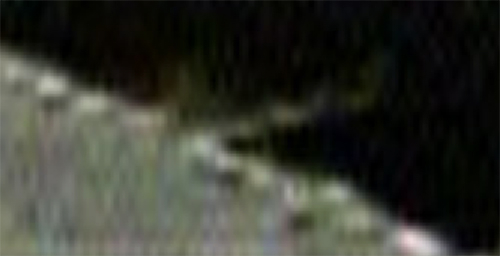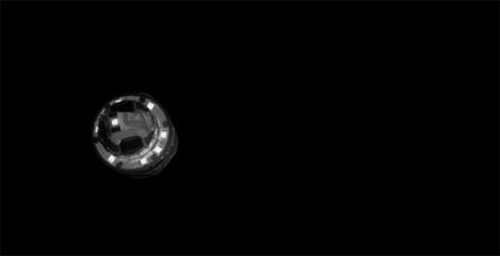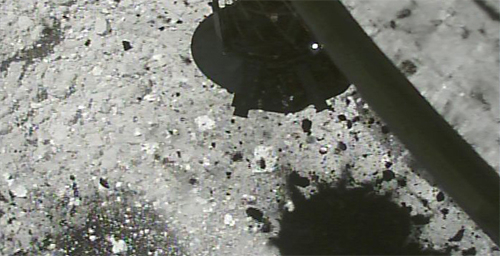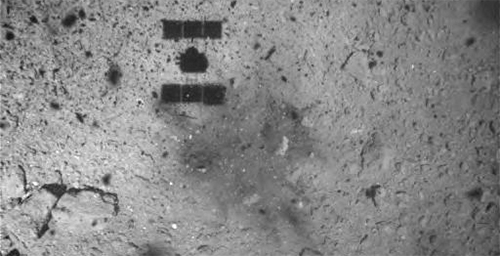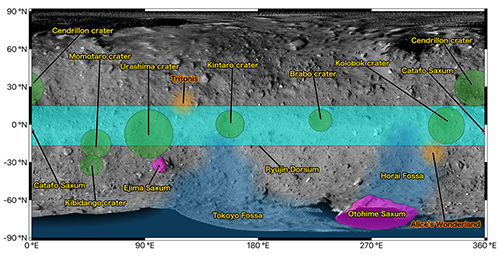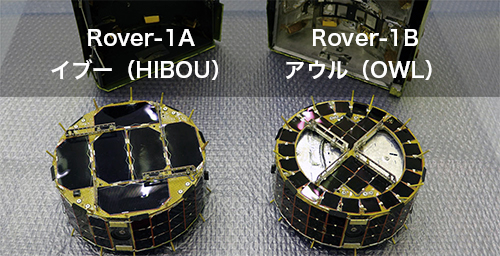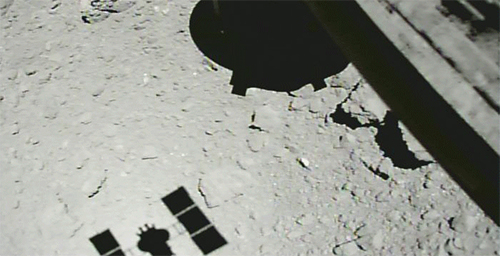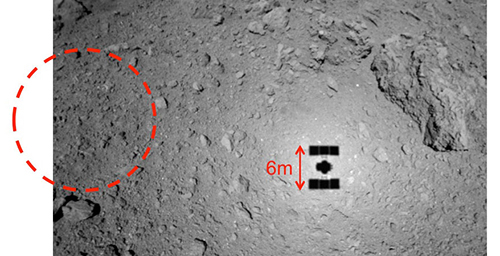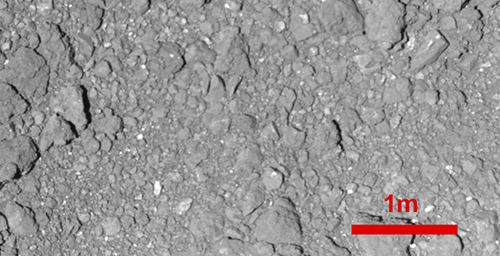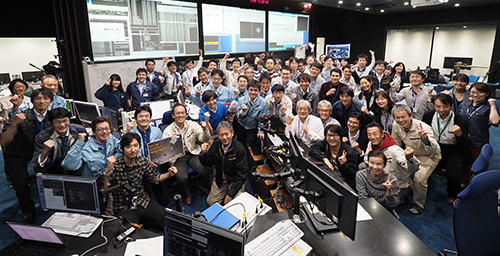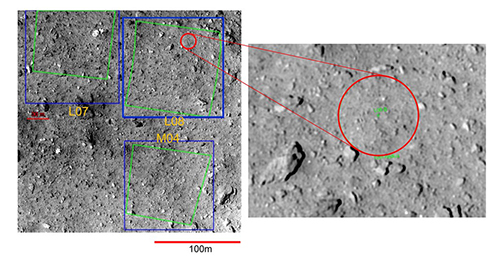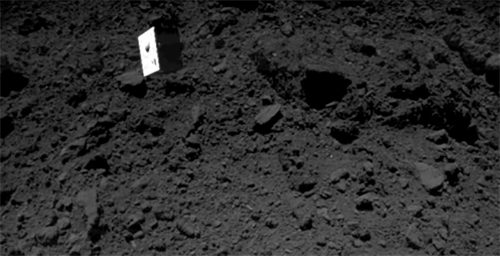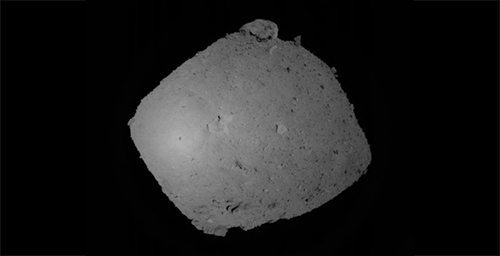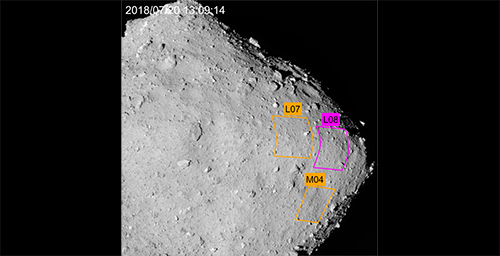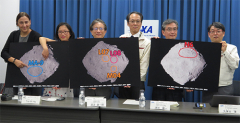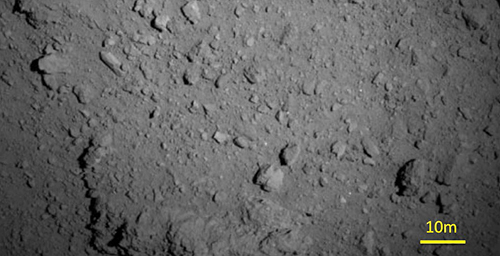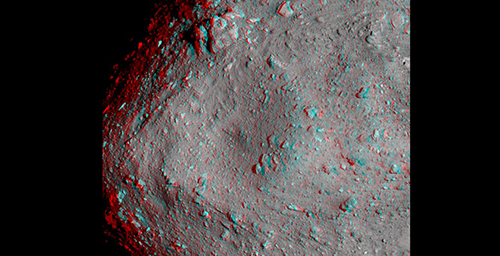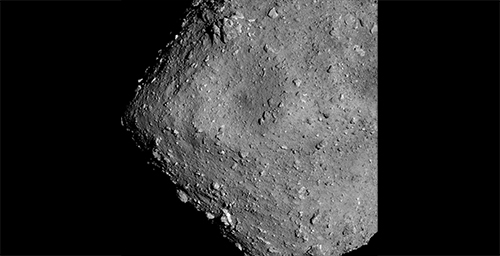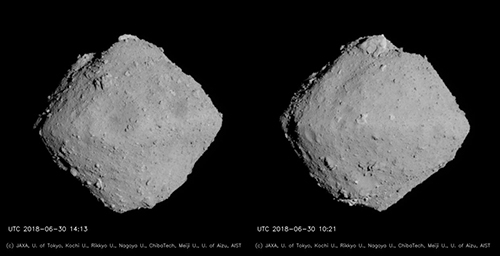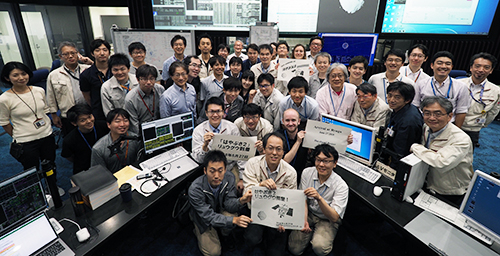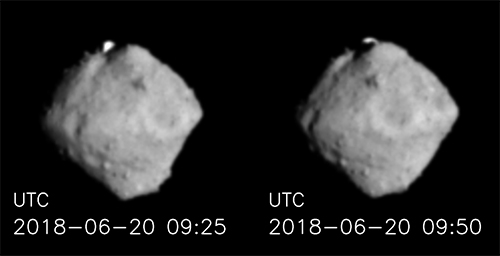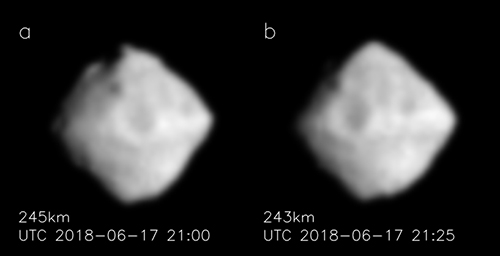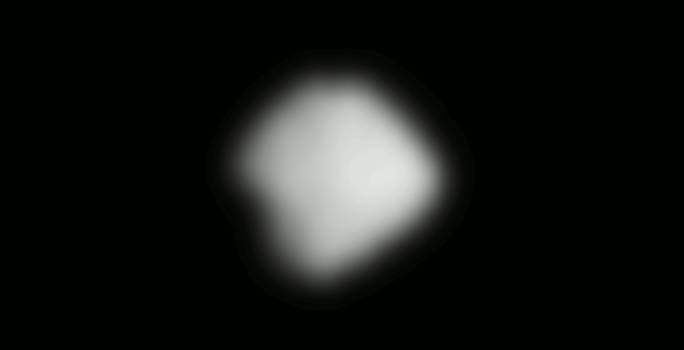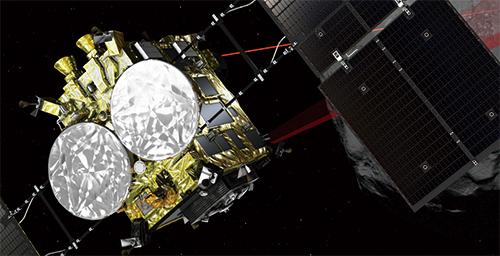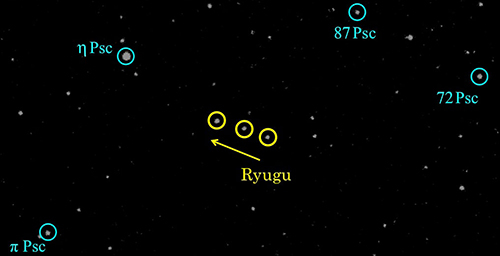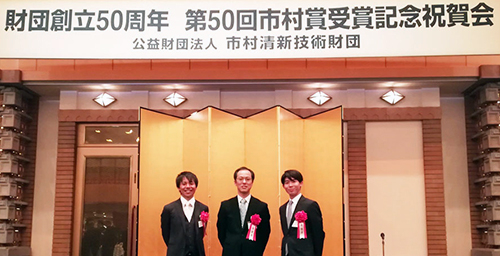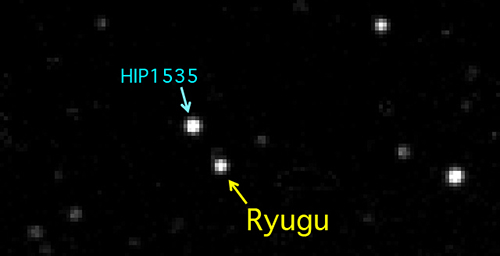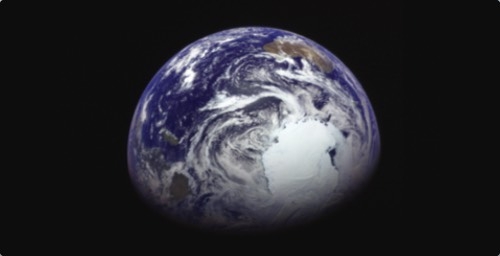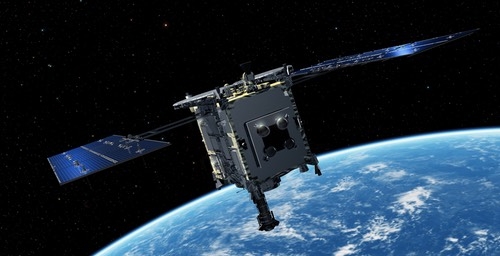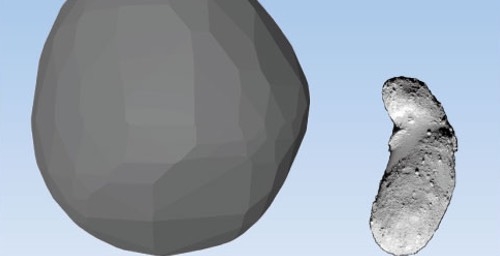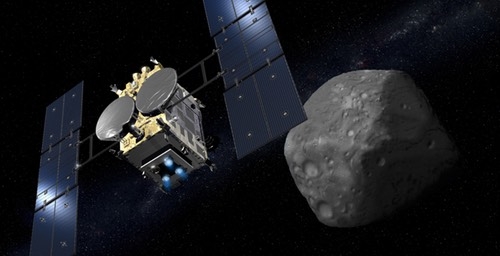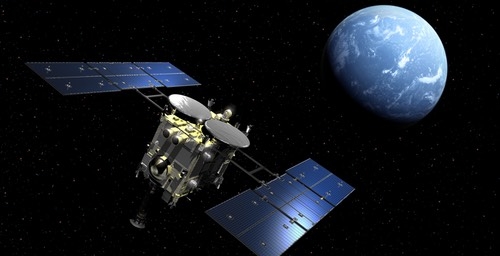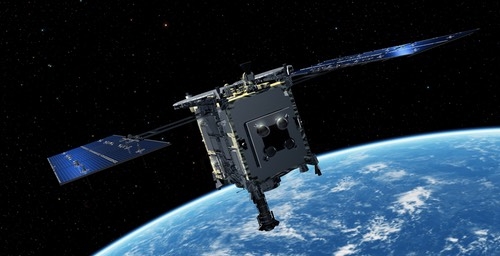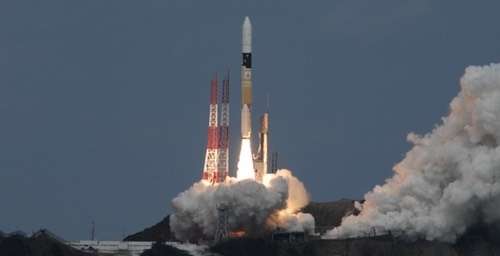~ Analysis of the magnesium isotopes in dissolved material from asteroid Ryugu reveals how the asteroid's constituent minerals crystallised from water in the primordial celestial body ~
Asteroid Ryugu is one of the most primordial celestial bodies in the Solar System, and the sample returned by JAXA's Hayabusa2 mission has remained unaffected by terrestrial contamination. That sample includes minerals that must have been formed in the presence of water, indicating that Ryugu is a fragment of a larger primordial celestial body that could support water as a liquid. The asteroid sample therefore provides the first opportunity to study the process of aqueous alternation on the earliest celestial bodies that built the planets, without having to contend with influence from the Earth's environment.
In this study, samples from the asteroid Ryugu material were extracted via sequential leaching, whereby the sample was added to solutions of increasing reactivity and acidity from water through to a mixture of hydrofluoric acid and perchloric acid. The magnesium isotopes in the leachate (the resulting liquid that now contains any solids that dissolved) after each step were analysed. This process replicates in reverse how the original minerals of Ryugu's primordial parent body would have dissolved, reacted in the solution, and then re-crystallised to form Ryugu's current composition. The magnesium ions in the last remaining liquid on the parent body would be found in the first sample solutions in this study, whereas those should have first recrystallized would be found in the last leachates.
A series of measurements revealed that the magnesium of salt water (brine) showed the lightest isotopic composition, whereas those that had crystallised into solid material the fastest had the heaviest isotopic composition.
The analysis also revealed that anhydrous (formed without water) silicate minerals such as olivine and pyroxene were likely originally present in the parent primordial body. Not dissolvable in water, these minerals would have dissolved in hydrochloric acid that was contained in the ice that accumulated with the silicate minerals as the primordial body formed. Crystallization from the liquid in the Ryugu parent body should have occurred in the following order: phyllosilicates, calcite, dolomite and breunnerite. How the composition of the surrounding liquid would have changed was also recorded, as each of those minerals crystallized.
Brine, consisting mainly of sodium and potassium ions, would have been the last remaining liquid in the primordial body, and contributed to stabilising the surface charge of the phyllosilicates and organic matter.
Analysis of the magnesium isotope composition during the sequential leaching from samples is extremely useful for elucidating the evolutionary process of primordial bodies in which liquid water existed. Applying the same method to samples from Asteroid Bennu, returned by NASA's OSIRIS-REx spacecraft, should provide important insights into the similarities and diversity of the evolution of primordial bodies. This type of research is expected to shed light on the origin of water and materials required for life that arrived at the ancient Earth via primordial bodies, and ultimately contribute to elucidating the formation and evolutionary process of the ancient oceans and life on Earth.
Research Summary
One grain (catalogue ID C0002) and two aggregate samples (A0106 and C0107) from asteroid Ryugu were used for this study, which was led by the Japan Agency for Marine-Earth Science (JAMSTEC). The team extracted the mineral breunnerite (composed of magnesium, iron, and manganese carbonate) from the C0002 sample, and then performed sequential leaching (as described above) on the aggregate samples to extract major elements such as sodium, calcium and potassium ions, as well as carbonate and silicate minerals in the dissolved matter and analyze magnesium isotopes using ion chromatography and inductively coupled plasma mass spectrometry (ICP-MS).
Magnesium is the second most abundant metal after iron found in the sample from asteroid Ryugu. The study looked at the order in which magnesium-rich inorganic minerals (such as phyllosilicates, carbonates, organic matter and chloride) solidified out of solution (Figure 1). The magnesium content of asteroid Ryugu is about 20 times that of sodium, but magnesium ions were preferentially solidified into the phyllosilicates and carbonate minerals during the aqueous alteration. Conversely, as magnesium was removed from the water in the primordial body, the water is thought to have evolved chemically to become more sodium-rich.
Sodium and magnesium are also major salts in Earth's oceans, with sodium (Na+) being the first and magnesium (Mg2+) being the second most abundant ions. Likewise, the two are the first and second most abundant ions in Ryugu's primordial parent body's water, revealing the history of our own water-mediated chemical reactions in the early Solar System. Sodium ions would have acted as electrolytes that stabilise the surface electric charges on minerals and organic matter, and some are likely to have formed sodium salts through ionic bonds with soluble organic matter and volatile low-molecular-weight organic matter (Figure 2).
Applying this analytical technique to future samples returned from primordial bodies would help understand the evolution of the primordial body population in our Solar System that evolved into the planets, and what combination of minerals and organics arrived to start primordial ocean and life on the ancient Earth.
Figure 1: Magnesium isotope composition in each solution created through the stages of sequential leaching. The phyllosilicates contain the heaviest isotopes and are close to the isotope composition of the whole rock. These are thought to have crystallised first on Ryugu's primordial parent body. After this, the carbonate minerals crystallised, containing lighter magnesium isotopes in the order of calcite, dolomite and breunnerite, and finally the chlorides and organic matter are thought to have become solid. (From Yoshimura et al. 2024, Figure 3).
Figure 2: Model of the chemical state of the surface of the phyllosilicates in Ryugu's primordial parent body. It is thought that the sodium ions that remained in the solvent the longest contributed to stabilising the surface charge of the minerals. (From Yoshimura et al. 2024, Figure 8).
Journal: Nature Communications (2024/09/05)
Title: Breunnerite grain and magnesium isotope chemistry reveal cation partitioning during aqueous alteration of asteroid Ryugu
Authors: Toshihiro Yoshimura, Daisuke Araoka, Hiroshi Naraoka, Saburo Sakai, Nanako O. Ogawa, Hisayoshi Yurimoto, Mayu Morita, Morihiko Onose, Tetsuya Yokoyama, Martin Bizzarro, Satoru Tanaka, Naohiko Ohkouchi, Toshiki Koga, Jason P. Dworkin, Tomoki Nakamura, Takaaki Noguchi, Ryuji Okazaki, Hikaru Yabuta, Kanako Sakamoto, Toru Yada, Masahiro Nishimura, Aiko Nakato, Akiko Miyazaki, Kasumi Yogata, Masanao Abe, Tatsuaki Okada, Tomohiro Usui, Makoto Yoshikawa, Takanao Saiki, Satoshi Tanaka, Fuyuto Terui, Satoru Nakazawa, Sei-ichiro Watanabe, Yuichi Tsuda, Shogo Tachibana & Yoshinori Takano

